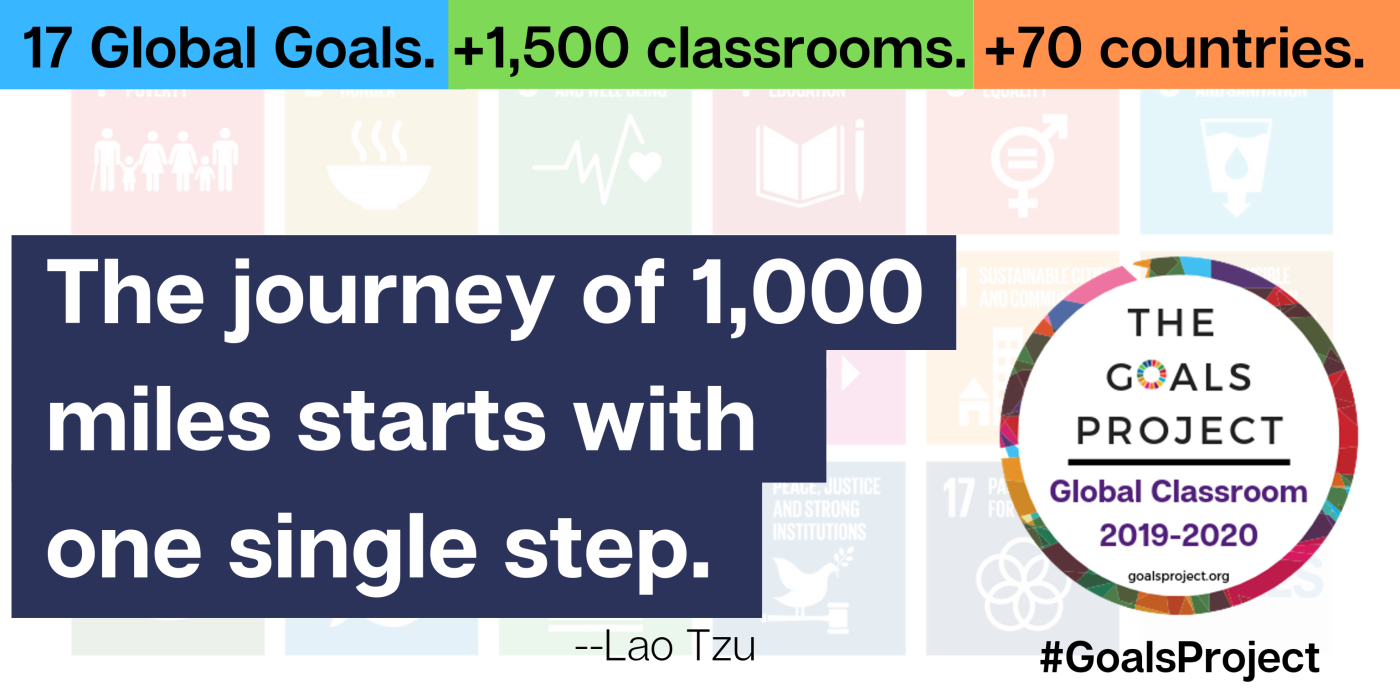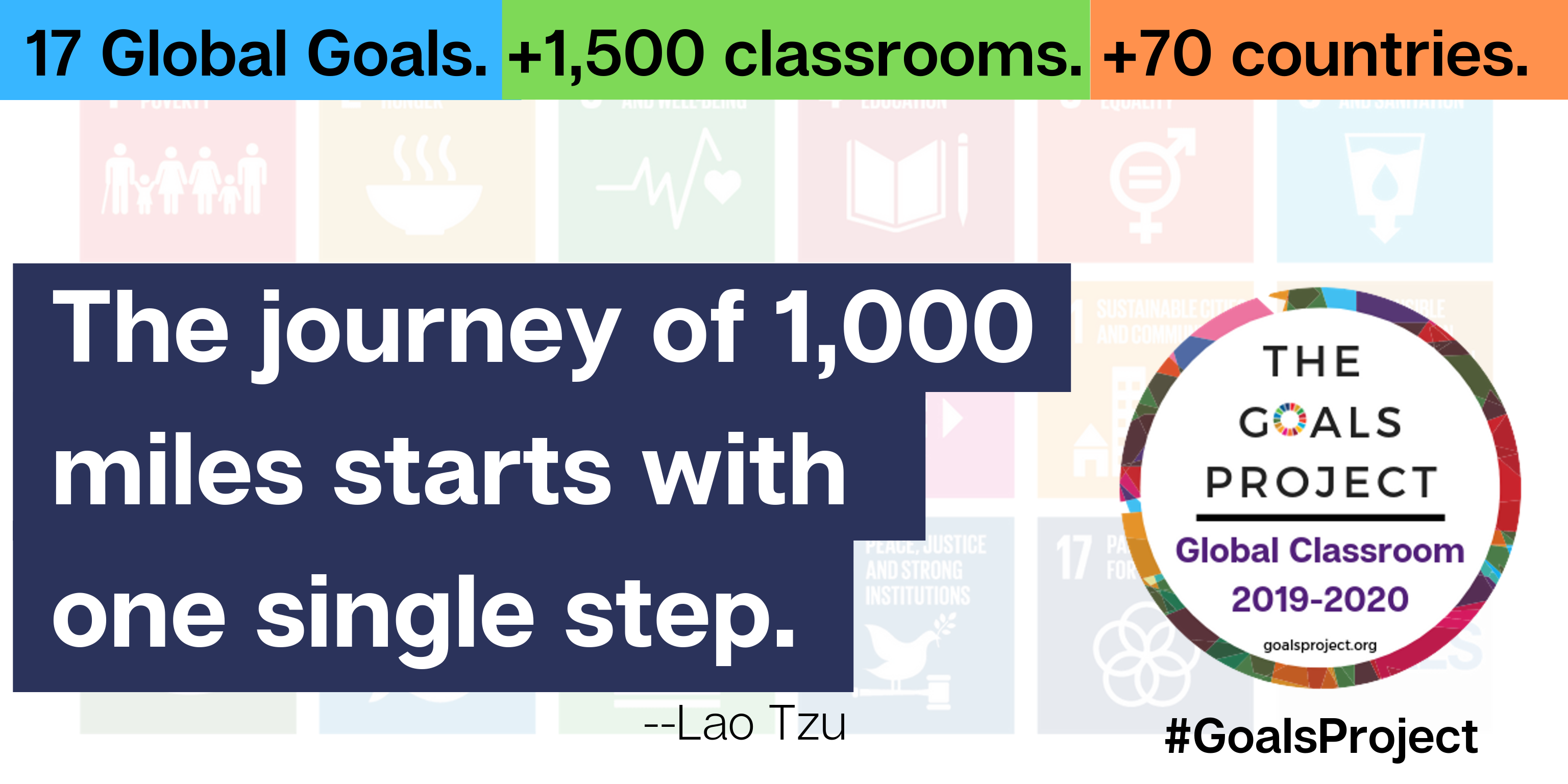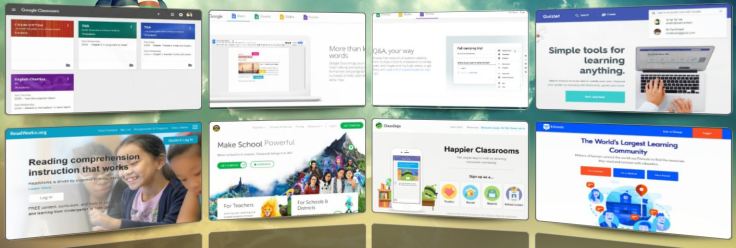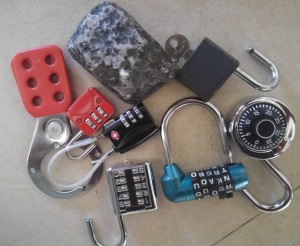This September is very eventful. The ongoing social demonstrations and protests across the country continue. The school year opened. The Palestinians intend to declare their independent state. A game, from Israel, “Shaker” won Techcrunch Distrupt in San Francisco. Saveby has launched and running a successful alpha version. And by the end of the month we, that is myself, hubby and kids, are on our way to a first ever family vacation in the US.
There were so many topics to write about, I just kept starting and never got to finish any of my posts.
New School Year
My eldest daughter has started her last year of high school. All education revolutions we are talking about for the past 3-4 years will have no effect on her. I just hope some changes will happen before her future born kids will begin their own schooling.
My son started 8th grade, which is the last year of elementary school here; next year he is starting high school. This year he will choose a high school, and hopefully will be accepted into any program he chooses. Isn’t that what parenthood is all about? Opening as many options to our kids? This year is so crucial that we have jointly decided to give Ritalin a chance. A bit sad, in my view, that a child needs to be sedated in order to make it through a school year. But the effort to keep up without it has become a real burden. Grades are just too important this year.
My youngest joined a new school this year. For him we chose a Waldorf Education school, fortunately not too far from home. He is still hanging to his skepticism about “any school ever fitting” his state of mind regarding education.
Shaking Disrupt
I was very excited at the winning of Shaker at the Techcrunch Disrupt in San Francisco. Not only because it’s one more representation of the startup nation, coming from Israel, but because it is a game.
The gaming (not to be confused with gambling) industry is moving forward big time. From the launch of Maple Story, to the launch of Q2L, a public middle school in NYC dedicated to games and game development, and now the winning at Techcrunch of an entertainment feature. Not technical, not tool, not another commercial innovation – all those are great, and fantastic, and every new idea is exciting, but the winning of this game puts another crown on the head of this industry. “People want to have fun”, I told a colleague who was wondering about this choice. “And it’s time we acknowledge this need across the board. From the obvious social networking, to other aspects of life, like education systems (yes, that again) and you know what? even health systems. We Want Fun!!”.
Shaker holds a tremendous promise and great potential for many other industries, way beyond Facebook. I really hope I get to meet with these guys soon and share some thoughts with them. Congratulation Ofer Rundstein, Yonatan Maor and Gad Maor.
Saveby a Totally Different Way
Saveby is my own startup, on which I am slaving for the past year with my co-founder, Yoav Perry. After a lot of research and development we released our alpha version and sent out alpha codes to willing participants across the US.
Saveby is the self-service group-shopping platform where parents from across the web -who are interested in the same product, band together to get it at group discount. Merchants accept these group offers to get volume sales.
Saveby is NOT another daily coupon, local deal or private sales site. It is not a middleman, haggler or merchant. It is simply a platform where parents can form or join group offers for the things they want -and have quality merchants accept their offer. Saveby is free to use. Payments are processed securely with PayPal. We really aim to disrupt current ecommerce by finding a real way to restore the power of the masses, the shoppers, to their hands.
Merchants are only happy to participate: “it’s our turn to sit back and relax and get best deals offered into our inboxes”. So this can really be the breakthrough ecommerce needs now. If you want an alpha invite too – let me know.
Launching the alpha isn’t a simple task. And it is especially complicated when half of the company isn’t located where the market it. But that’s how things are at the moment, while we’re still bootstrapping.
The idea about an “alpha” stage is that it isn’t perfect. Our alpha testers are people who have agreed to help us make the suit fit better. They take the time to share their feedback with us, make suggestions, try it and of course – tell others about it.
I would like to take this opportunity to thank some alpha participants for taking the time to go over the system with us: Josh Becker @DadStreet, Jim Turner @genuine, Amit Knaani @amitos from Vikido and BabyFirstTV, Aparna Vashisht-Rota @parentella and many more. I hope to meet face to face with some of my favorite parent bloggers during my visit to the US (starting next week) and introduce the system to more alpha testers. Next stage will take us to a full commercial testing.
A First Ever US Family Vacation
Vacation? Now?? Indeed this sounds strange. Who has the time to take a vacation during an startup launch?? Well, apparently we do. Even startup founders need to take some time to breathe and relax and renew. My kids and hubby deserve some quality mom time. Of course this cost mom a lot of hours in planning, reserving, ordering, arranging (getting a house sitter…)… And did I mention I intend to use some NY time to meet with my favorite business and blogging connections face to face? Let me know if you want in my schedule, between a sea of museums my kids (yes, it is them) insist on visiting. Oh, and recommendations are welcome.








 I am an old fashioned schooled one. I grew up without any digital mobile instruments around me, not even a PC. I think that even a walkman was too much of a luxury, had to work and save before I could get one. And I started my journalistic career with my dad’s Hermes typewriter and working in the print house with lead letters.
I am an old fashioned schooled one. I grew up without any digital mobile instruments around me, not even a PC. I think that even a walkman was too much of a luxury, had to work and save before I could get one. And I started my journalistic career with my dad’s Hermes typewriter and working in the print house with lead letters.






Recent Comments